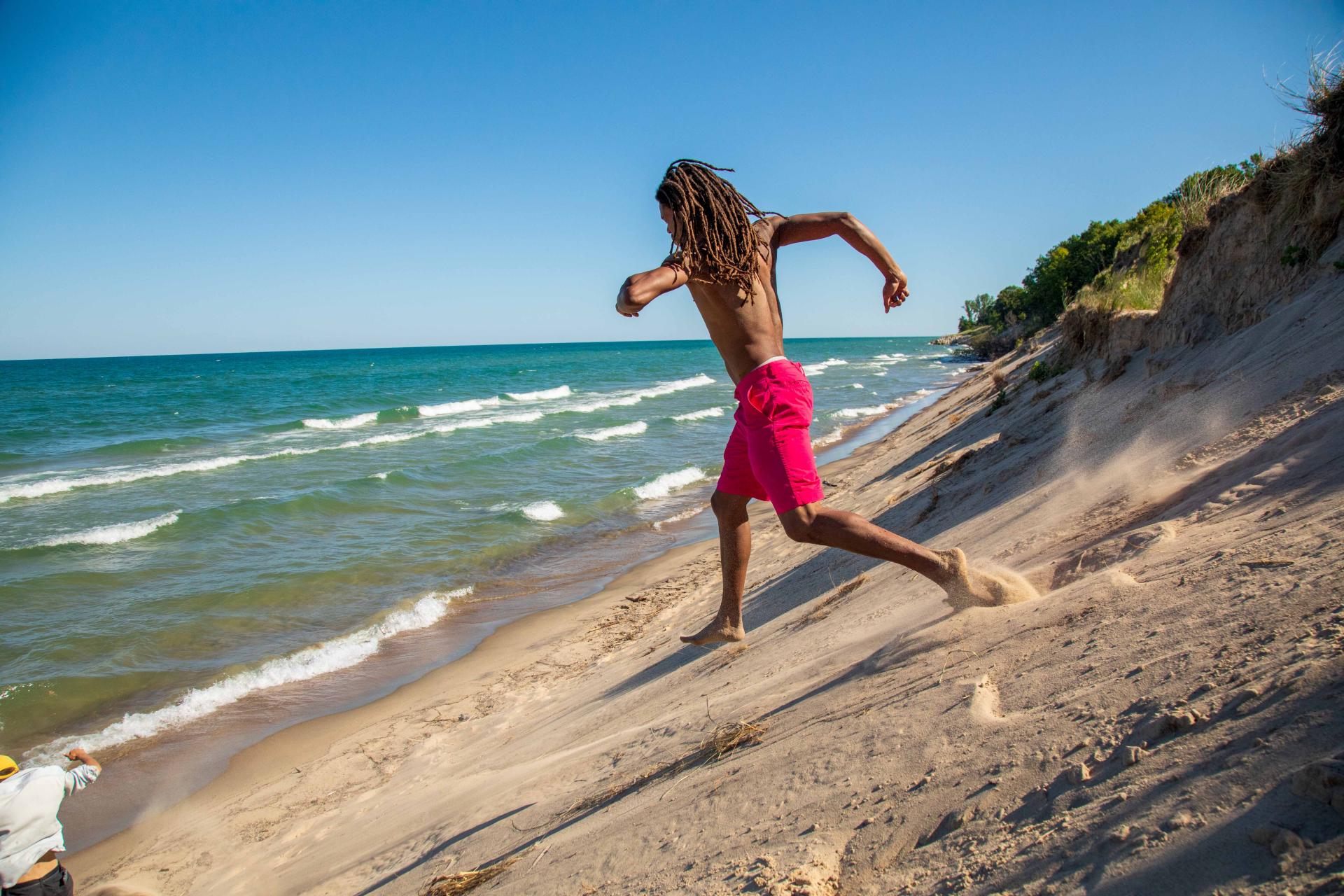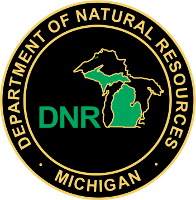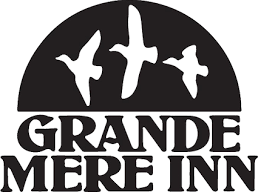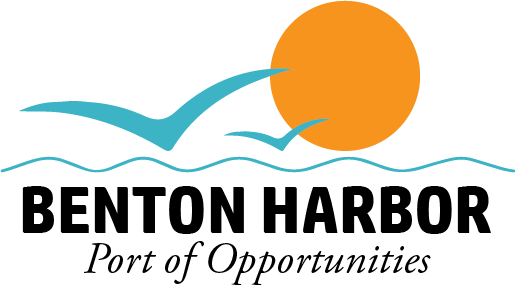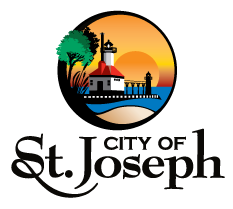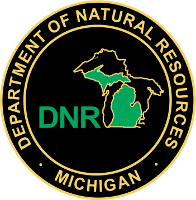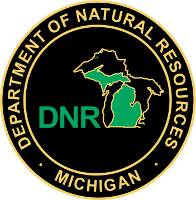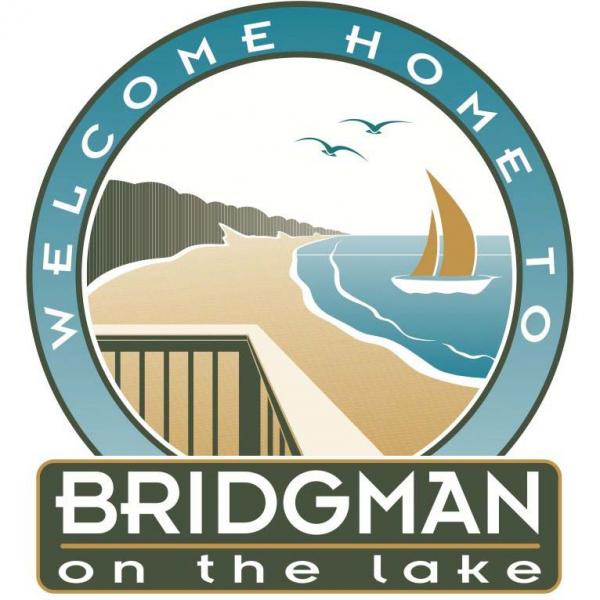Southwest Michigan dunes — our ancient treasure
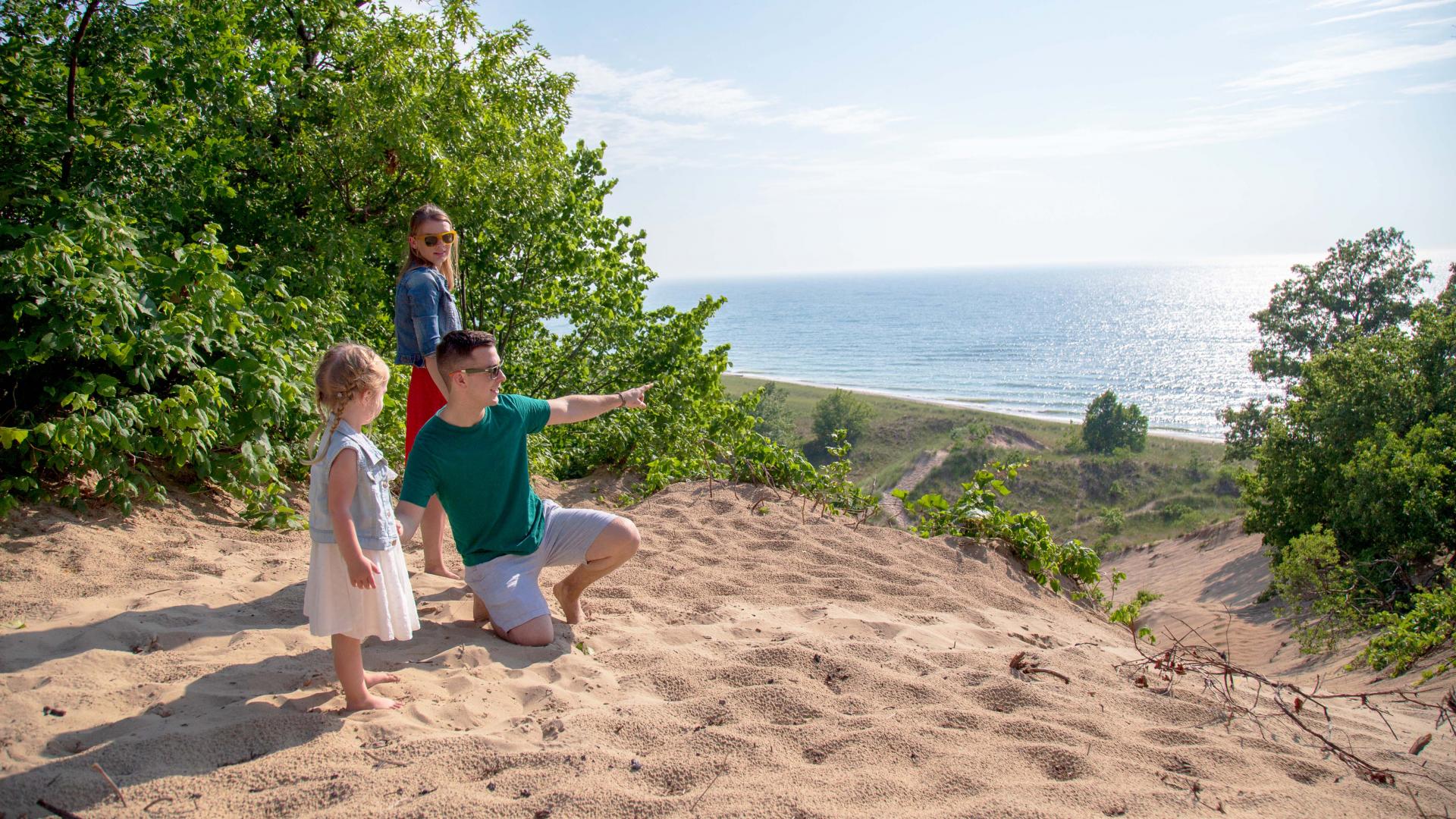
Southwest Michigan’s dunes are part of the largest freshwater dune system in the world. The state’s dune system is so large that astronauts can see it from space! Here in Berrien County, you are never far from these massive hills of sand. They are visible as you drive I-94 between the Indiana state border and I-94 exit 22, John Beers Road/Stevensville. But it’s far more amazing to see them up close at these spectacular locations.
DUNES IN SOUTHWEST MICHIGAN
WARREN DUNES STATE PARK | 12032 RED ARROW HIGHWAY | SAWYER
This year-round park is our premier dune destination with nearly 2,000 acres of recreational fun along Lake Michigan. Its ancient dune formations tower up to 240 feet above the lake and offer spectacular views and exhilarating dune climbing, hang gliding (you’ll need a permit), sandboarding, and sand sledding. You can sled, ski, and snowboard these magnificent hills during the snowy months. This park has three miles of shoreline for in-season swimming. It also includes a section that welcomes dogs.
There are three accessible paths to the beach, two beach/aqua wheelchairs, and an all-terrain motorized track chair that allows beach-goers of all abilities to enjoy the park fully. To reserve the wheelchairs, contact a ranger at 269-426-4013.
WEKO BEACH & CAMPGROUND | 5237 LAKE ST. | BRIDGMAN
This beautiful beach’s dunes extend from Warren Dunes State Park. The beach’s 900 feet of Lake Michigan frontage is a popular place to swim, kayak, paddleboard, and watch sunsets. A wooden walkway goes up the dunes, providing easy access and stunning views. While dogs are not allowed on Weko Beach, you can follow the beach’s boardwalk and trail to the dog beach at Warren Dunes.
The park offers a free-to-borrow, sand-and-water accessible wheelchair between May through mid-September. Stop by the beach house to check availability. Warren Dunes also has two 50-foot, ADA-accessible Mobi-Mats that provide a smooth surface between the parking lot and beachfront for wheelchairs, strollers, and wagons.
GRAND MERE STATE PARK | 7337 THORNTON DRIVE | STEVENSVILLE
Come to Grand Mere State Park for magnificent dune scenery with fewer people. This 1,127-acre park features one mile of Lake Michigan frontage, trails, and three inland lakes nestled behind the dunes. The dunes here reach impressive heights, offering some of the best vantage points in Southwest Michigan.
SILVER BEACH COUNTY PARK | 101 BROAD ST. | ST. JOSEPH
You can see small dunes on this popular beach as you splash in the water or walk to and from the South Pier. These dunes provide a picturesque backdrop to the sandy beaches and are a favorite spot for families and visitors to relax and take photos of Lake Michigan and the lighthouses. A barrier-free walkway from the parking lot runs along the beachfront and gives access to the Dunes Pavilion (a picnic spot), Shadowland Pavilion (an entertainment and wedding venue), and the South Pier.
For easier access to the water during the summer, you can reserve a beach wheelchair or walker for free at the office next to the restrooms.
TISCORNIA BEACH | 80 RIDGEWAY ST. | ST. JOSEPH
This 16-acre, family-oriented park provides access from its parking lot to the historic North Pier lighthouse and a popular walkway for fishing and watching sunsets. Small dunes rise behind the beach, adding to its charm and providing a scenic view of the area.
JEAN KLOCK PARK | JEAN KLOCK BLVD. | BENTON HARBOR
This beautiful beach is one of our less frequented Lake Michigan destinations. Those who discover it love its views of the North Pier lighthouse, in-season swimming, and sand play, an observation trail up the dunes, and access to the 12-mile paved Harbor Shores Nature & Fitness Trail System through marshes, interdunal wetlands and along rivers.
HARBOR SHORES RESORT | 201 GRAHAM AVE. | BENTON HARBOR
This is the only Jack Nicklaus Signature golf course on Lake Michigan. But one of its biggest distractions for golfers is the breathtaking view. Three holes on the public, 18-hole Harbor Shores Golf Course are perched on a dune overlooking Jean Klock Park and Lake Michigan. Non-golfers can enjoy the view by following the Jean Klock Loop of the Harbor Shores Fitness & Nature Trails. There is no cost to access the trails all year round.
GRANDE MERE INN | 5800 RED ARROW HIGHWAY | STEVENSVILLE
This cottage-style restaurant sits on Covert Ridge, and while the dune view isn’t as up-close as the sites described above, it offers an amazing vista of the Grand Mere below. The windows on the west side of the dining room let you look across the dunes to Lake Michigan. This is a great place to watch our area’s sunsets and enjoy Grande Mere’s renowned tender steaks, tasty lake perch, fresh seafood, and house-made bread and soups.
NEW BUFFALO BEACH | 200 MARQUETTE DRIVE | NEW BUFFALO
This is one of the first Southwest Michigan beaches you can reach after crossing the Indiana/Michigan state line. It features a dune-line boardwalk, 800 feet of soft-sand beach frontage with lifeguards during the summer, and spectacular views of Lake Michigan all year round. There are paddleboard/kayak rentals, fishing access to the Galien River, a play structure, and eight boat launches and trailer parking. In the winter you can bring sleds to fly down the dunes. Another great thing about this beach is you can easily walk to New Buffalo’s vibrant downtown, marina, and restaurants.
Besides the wheelchair-accessible boardwalk, see the lifeguard for the park’s beach wheelchair that gets you to the water’s edge
“Those dunes are to the Midwest what the Grand Canyon is to Arizona and Yosemite is to California. They constitute a signature of time and eternity.” Carl Sandburg
VAN BUREN STATE PARK | 23960 RUGGLES ROAD | SOUTH HAVEN
Van Buren State Park is renowned for its one-mile-long Lake Michigan beachfront, towering dunes, and campground close to South Haven shops and eateries. Relax on the beach, walk along woodland trails, or enjoy a picnic watching the sunset.
Park visitors can access the Van Buren State Park Spur Trail, a four-mile paved trail for walking and biking into South Haven. It also gives access to the 14-mile, multi-use Van Buren Trail State Park (gravel surface). In South Haven, you can connect to the 33.5-mile Kal-Haven Sesquicentennial State Park Trail that ends in Kalamazoo.
SIX FASCINATING DUNE FACTS
- Dunes were built by the glaciers thousands of years ago. These large sheets of ice once covered Michigan and gouged out the basins now known as the Great Lakes. The glaciers carried sand and other materials that were deposited as the ice melted.
- To make a dune you need four things: (a) dry sand (b) a means to move the sand, such as waves or strong winds (c) a land area to deposit the sand and (d) a blade of grass, driftwood, rock, or tree that stops the sand. Over time the sand begins to mound up, higher and higher.
- The dunes in Southwest Michigan are parabolic. They have a distinctive U-shape. Our dune areas have at least four areas: beach, foredunes (sandy, lower dunes), interdunal wetlands, and backdunes (the higher, forested dunes).
- A blowout is a depression in the dune. They are formed by the wind eroding patches of bare sand on dunes that have vegetation.
- Dunes are not stationary. They move, collapse, and change shape as the wind blows over the dune surface. The wind lifts the small sand granules and then drops them. As the sand hits the ground, other sand granules jump up and are carried by the wind.
- You can occasionally see the Chicago skyline from our dunes. On clear days when the atmospheric conditions are just right, the skyline is visible from Warren Dunes, Weko Beach, Grand Mere State Park, and Grande Mere Inn.
SAFETY TIPS FOR VISITING THE DUNES
- Stay on marked trails: To avoid damaging the delicate ecosystem and for your safety, stick to designated paths.
- Be aware of the weather: The best time to visit is typically late spring through early fall, but always check the weather forecast before heading out.
- Always heed the beach warning flags: Lake Michigan is a powerful body of water and can have dangerous currents and high waves that can threaten even the strongest swimmers. For your safety, you must heed the warning flags. A double-red flag prohibits you from entering the water.
- Hydrate and protect yourself: Bring plenty of water, wear sunscreen, and consider wearing a hat to protect yourself from the sun.
While our dunes have been here for thousands of years, they will not continue to be here unless you help. When you visit, stay on paths as much as possible.
Take only pictures and leave only your footprints. If you can, volunteer for beach clean-up and workdays at the Michigan DNR site.
Share with Us
Please send us photos and videos of your Southwest Michigan getaway. Use our hashtag #swmichigan or upload your photos to our content collector below. This is an opportunity for your photos to appear on our social media, website or marketing materials. Thanks for sharing your memories!

